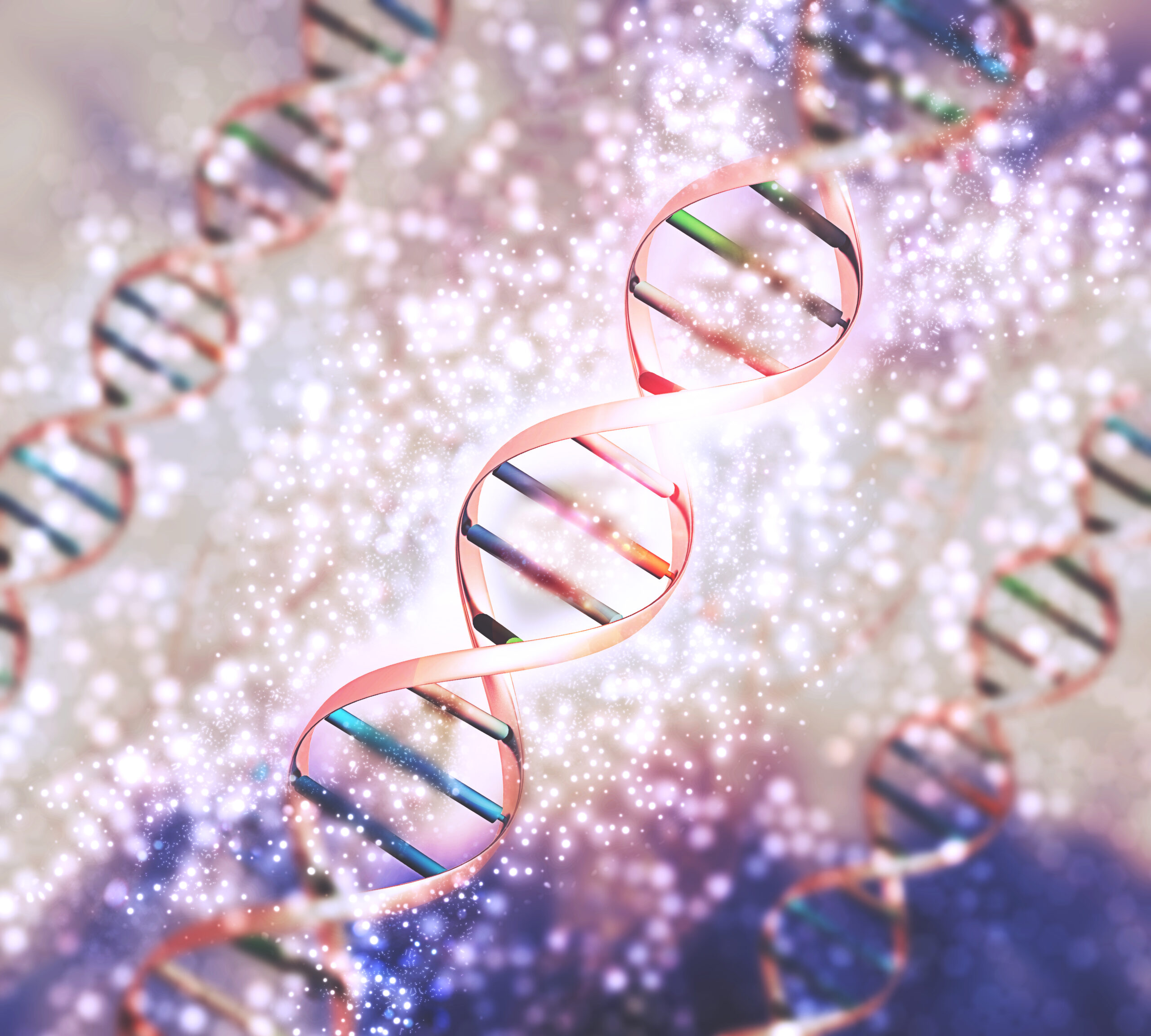In the rapidly changing field of molecular biology, RNA sequencing, also known as RNA-Seq, has emerged as a game-changer for scientists, medical professionals, and biotech entrepreneurs.
This state-of-the-art next-generation sequencing (NGS) method provides a high-resolution, objective picture of both known and novel transcripts throughout the genome by precisely analyzing and quantifying RNA molecules within a biological sample.
In contrast to more traditional techniques like microarrays, rna sequencing techniques offer more profound understandings of gene expression, functional genomics, and disease mechanisms, fostering advances in everything from drug development and cancer research to precision medicine and microbiome characterization.
With the advancement of technology from hybridization-based platforms to high-throughput sequencing systems, it is now possible to examine hundreds of transcripts in a single experiment with exceptional speed and accuracy, opening up previously unattainable biological information layers around rna seq data analysis.
Table of Contents
ToggleBiological background: Why study RNA?
Understanding Gene Expression and Central Dogma Because it acts as a bridge between DNA and proteins, RNA is crucial. This is known as the “central dogma of molecular biology.”
DNA to RNA to Protein
Sequencing of RNA versus DNA
RNA sequencing shows the functional output, which genes are active, to what degree, and under what circumstances, whereas DNA sequencing identifies the genetic blueprint.
RNA Molecule Types
Many RNA molecules are detectable by RNA-Seq, including:
Transcripts that code for proteins, or mRNA
Ribosomal RNA, or rRNA, is frequently eliminated during library preparation.
Transfer RNA, or tRNA
Non-coding RNAs: lncRNA and miRNA are examples of regulatory elements
Steps of RNA Sequencing
- Gathering samples and extracting RNA
RNA of superior quality is essential. RIN (RNA Integrity Number) scores are used to quantify RNA integrity. In order to avoid degradation, samples need to be handled carefully.
- Setting up the library
This stage consists of:
Enrichment of mRNA (via poly-A selection) or decrease of rRNA
Reverse transcription and fragmentation
Amplification and adapter ligation
- Sequencing
Platforms like Uncoded are mostly used for sequencing the RNA libraries
The read length, throughput, and error rates of these platforms vary.
- RNA Sequencing Analysis
Here, unprocessed data is transformed into biological knowledge:
- Quality control
Sequencing mistakes are checked using tools such as FastQC.
- Read alignment
Use programs like STAR or HISAT2 to align reads to a reference genome.
- Transcript assembly
Complete transcripts are reconstructed using programs such as StringTie.
- Differential expression
Genes with changed expression can be found using programs like DESeq2 and EdgeR.
- Visualization
PCA plots, volcano plots, and heatmaps aid in the interpretation of results.
Types of RNA Sequencing
1. Bulk RNA-Seq
Here the RNA is collected from the pooled cell population, which is also a most common method for sequencing. It is also effective for large-scale studies as it marks cell-to-cell diversity.
2.Single-Cell RNA Sequencing (scRNA-seq)
It allows capturing of transcriptomes at the individual cell level, which makes it useful for heterogeneous tissues like tumors or developing embryos.
3. Total RNA Sequencing
Total RNA sequencing provides the more comprehensive view of the transcriptome that includes both coding and non-coding RNAs.
4. 16S rRNA Sequencing
This specialized method targeted the 16S rRNA in bacteria and archaea to study the microbiome composition. It is perfect for environmental research and the profiling of microbial communities.
5. Targeted RNA-Seq
It focuses on particular genes or pathways using bespoke panels. This method is cost-effective and is useful in diagnostic and therapeutic monitoring.
Applications & Use Cases of RNA Sequencing
- Gene expression profiling
Determine which genes are elevated or downregulated in disease by using gene expression profiling.
- Cancer research
Find new treatment targets, fusion genes, and biomarkers in cancer research.
- Neuroscience and immunology
Learn about immune cell dynamics and responses relevant to different cell types in neuroscience and immunology.
- Drug development
Track how candidate medications affect transcriptome alterations.
- Microbiome studies using 16S RNA Seq
Map the variety of microorganisms in settings such as the skin or gut using 16S RNA sequencing.
- Diagnostics and biomarker discovery
Find transcriptome signatures unique to a disease through diagnostics and biomarker discovery.
- Agricultural genomics
Use transcriptome research to increase agricultural yields and stress tolerance.
Challenges in RNA Sequencing
- Large data volumes
Necessitate a strong processing and storage infrastructure.
- Complexity of bioinformatics
Expertise and specialized tools are crucial.
- Technical biases
Results may be distorted by amplification or sequencing artifacts.
- Low-Abundance transcripts
Deep sequencing is necessary to find uncommon RNAs.
Future of RNA Sequencing
- Real-Time & Long-Read Sequencing
Real-time full-length transcript analysis is made possible by technologies.
- AI Integration
RNA-Seq data interpretation is being enhanced by rna sequencing analysis machine learning algorithms.
- Clinical Applications
RNA-Seq is being used more and more in customized medicine and clinical diagnostics.
Conclusion
RNA sequencing has evolved from a specialized instrument to a vital component of contemporary clinical genetics and scientific research.
RNA-Seq provides unmatched insight into the dynamic language of life, whether you’re looking into immune responses, cancer biomarkers, or the intricacies of the microbiome.
Selecting the appropriate RNA sequencing method and resources in line with your research objectives is essential to revealing these insights. The Uncoded 16S V3–V4 Library Preparation Kit is made to boost your findings, whether your study entails microbiome research or bacterial profiling using 16S rRNA sequencing.
This kit is a trusted option for researchers worldwide because it provides high-quality amplification of the 16S rRNA V3–V4 regions and guarantees consistent, repeatable findings. At every stage of your RNA sequencing journey, equip your research with tools that offer precision, effectiveness, and assurance. Equip your research with precision, speed, and reliability at every stage of the rna seq data analysis workflow.




